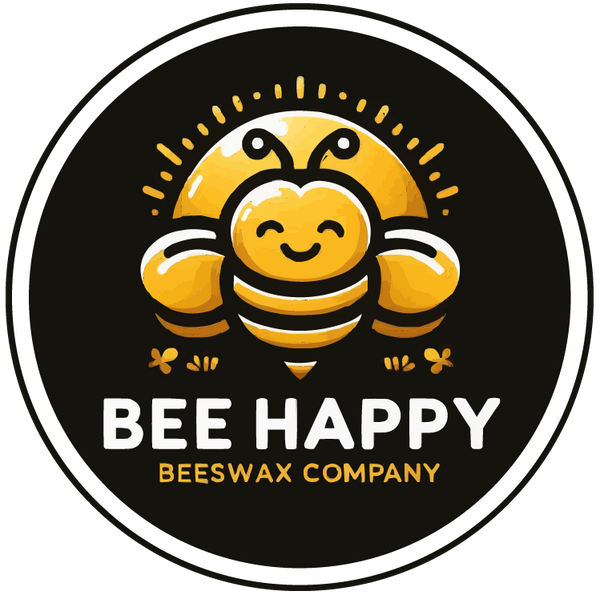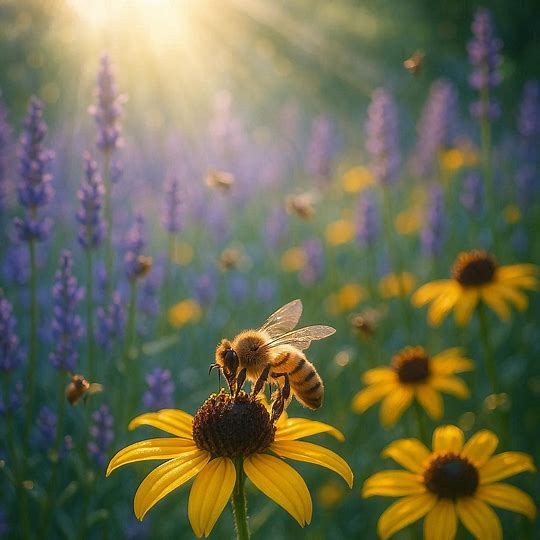Please see the list of studies cited in this article at the bottom.
Honey bee populations have been declining at alarming rates worldwide, a phenomenon often referred to as "colony collapse disorder" (CCD). Scientific research attributes this decline to a complex interplay of factors rather than a single cause.
One major contributor is the widespread use of pesticides, particularly neonicotinoids. A 2012 study published in Science by Whitehorn et al. demonstrated that neonicotinoid exposure significantly reduces bumblebee colony growth and queen production, and similar impacts have been observed in honey bees. These chemicals impair bees' navigation, foraging behavior, and immune systems, making colonies more vulnerable to other stressors.
Another significant factor is the prevalence of parasites and pathogens, especially the Varroa destructor mite. According to a comprehensive review in Trends in Parasitology (Rosenkranz et al., 2010), Varroa mites weaken bees by feeding on their bodily fluids and are vectors for various viruses, such as deformed wing virus, which further compromise bee health and colony stability.
Habitat loss also plays a crucial role. The conversion of wildflower-rich landscapes to monoculture agriculture reduces the diversity and availability of forage for bees. A study in Proceedings of the Royal Society B (Goulson et al., 2015) found that loss of floral resources leads to nutritional stress, impacting bees’ resilience against disease and environmental changes.
Additionally, climate change exacerbates these challenges by altering the timing of flowering plants, increasing the frequency of extreme weather events, and shifting the ranges of both bees and their pathogens. In a 2015 study in Science, Kerr et al. showed that climate-induced range contractions have contributed to bee declines in North America and Europe.
In summary, the decline in honey bee populations can be attributed to a combination of pesticide exposure, parasites and diseases, habitat loss, and climate change, as documented in numerous peer-reviewed studies. Addressing this issue requires a multifaceted approach targeting each of these factors to ensure the long-term survival of honey bees and the essential pollination of our food & flora.
Is there anything you can do to help the bees?
Yes. Let your lawn grow flowers & weeds. Stop using pesticides & chemicals. Leave the leaves during the fall & spring until it warms up enough for the bees. Small contributions from everyone can build many amazing spaces for the honey bees to thrive in.
-
Whitehorn, P. R., O’Connor, S., Wackers, F. L., & Goulson, D. (2012). "Neonicotinoid pesticide reduces bumble bee colony growth and queen production." Science, 336(6079), 351-352.
Read the article (Science)Opens a new window -
Rosenkranz, P., Aumeier, P., & Ziegelmann, B. (2010). "Biology and control of Varroa destructor." Trends in Parasitology, 26(12), 536-542.
Read the article (ScienceDirect)Opens a new window -
Goulson, D., Nicholls, E., Botías, C., & Rotheray, E. L. (2015). "Bee declines driven by combined stress from parasites, pesticides, and lack of flowers." Science, 347(6229), 1255957.
Read the article (Science)Opens a new window -
Kerr, J. T., et al. (2015). "Climate change impacts on bumblebees converge across continents." Science, 349(6244), 177-180.
Read the article (Science)

